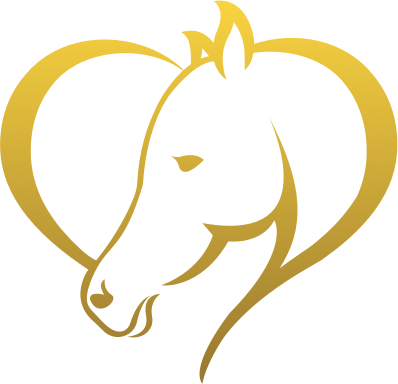
In this article we will discuss how to begin working at “liberty” with your horse, and what the term “liberty” means.
There are many ways to train and work with horses. Most traditional methods keep a horse on a lead rope, a lung line or some sort of reins (riding, draw reins or side reins to name a few).
Working a horse at liberty means to remove all constraints and means of physical control. This is also sometimes called “free lunging”.
Many people believe this is a fairly new way of training and working, based on the growing popularity of natural horsemanship, but the idea of working without ropes or reins is far from new.
Working a horse without ropes goes back several hundred years or more. It was particularly popular with circus trainers in the late 1800s.
Traditionally liberty work would refer to working a horse on the ground, but this has definitely expanded to include riding a horse without a bit, bridle or reins.
As a natural horsemanship trainer, I certainly prefer to work with my horses at liberty, to me it shows your true connection with your horse. It means you have to be much clearer with your attitude, body language and voice commands in order to convey your desires to your horse. But it also shows your horses willingness to work for and with you. To gain trust and obedience at liberty is to gain a true relationship with your horse.
Of course, for the average horse owner, who is used to having their horse on a lead at all times, the idea of working at liberty can be a bit daunting.
I think people sometimes forget that even being in the stable without a head collar on is liberty. If your horse comes running to you after turnout, you have the start of liberty work.
However, when working with horses, you always want to set you and your horse up for success. For most people, liberty work starts online. If you can not convey your idea to your horse when he has on a head collar and training rope or lead rope, you probably will have a very hard time once that physical connection is removed.
When preparing your horse for liberty work, you want to be sure you are being very clear with your body language, your mental attitude and voice commands.
Work towards getting your horse to obey your commands with very little use of the rope. Of course, initially, you will need the rope to back up your cues, but overtime, you will work towards using your rope less and less.
Try to start small and build your skills and cues gradually. Perhaps starting with something easy like forwards and backwards, and build up to going out on a circle, changing directions and coming back into you.
When you feel your horse is attentive and following your cues with very little use of your ropes, you are ready to set him free and see what happens!
You will want to start with a fairly small enclosure, such as a 30-40ft round pen.
Round pens have been designed specifically for working horses at liberty, or free. Horses have a tendency to gravitate into corners and get “stuck”, creating a problematic situation. If pushed, they may attempt to jump out, or kick back at their handler.
In a roundpen, if a horse panics, he can really only continue forward, thus preventing injury to himself or his handler.
Don’t be surprised if the first time you attempt a liberty session with your horse that he just runs off. Just like anything else you do with your horse, he will need to be trained into working this way. Horses are creatures of habit, and working with you without ropes is a habit that will need to be learned.
Again, start simple. Work at sending your horse away and getting him to come back. Put your lead rope on and reinforce some of your cues, then turn him loose again.
Good, clear body language is the key to working effectively at liberty with your horse. Having a good and happy attitude will be much more inviting as well. If you are having a bad day and feeling a bit frustrated, be careful not to bring this into the pen with you.
Gradually you can begin working in larger, more open areas, and begin to build on the basics into more interesting and complicated manoeuvres.
With a bit of patience and persistence, you can achieve anything you want with your horse, and your relationship will grow in a way that will benefit all other aspects of training, such as tacking, shoeing and stable manners.








Leave a Reply
You must be logged in to post a comment.